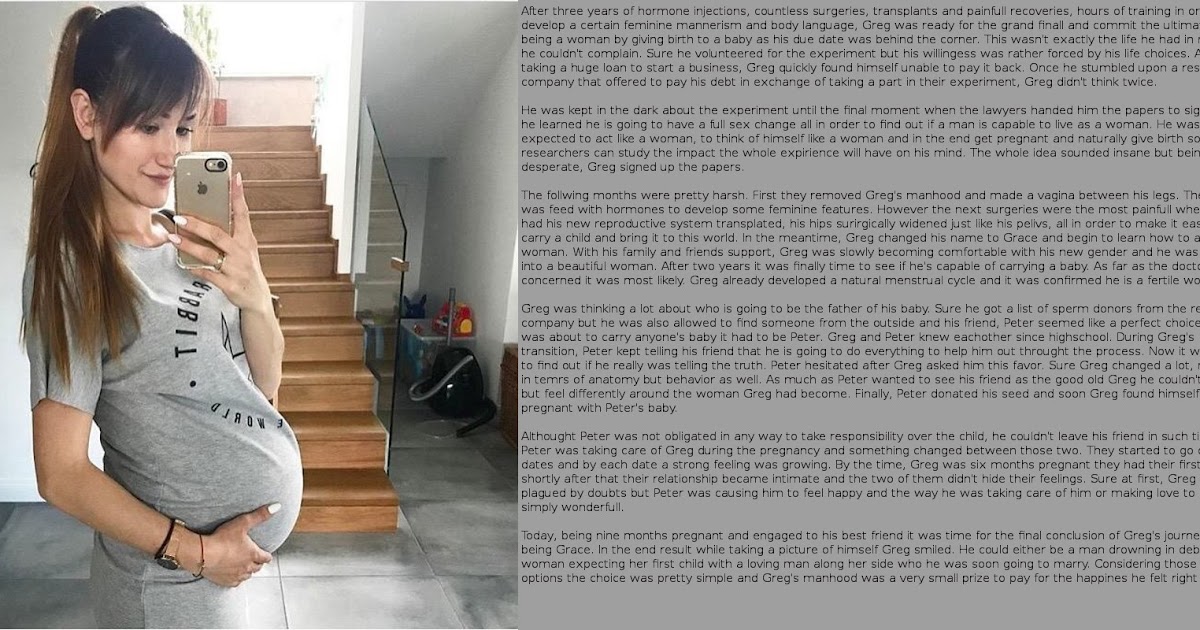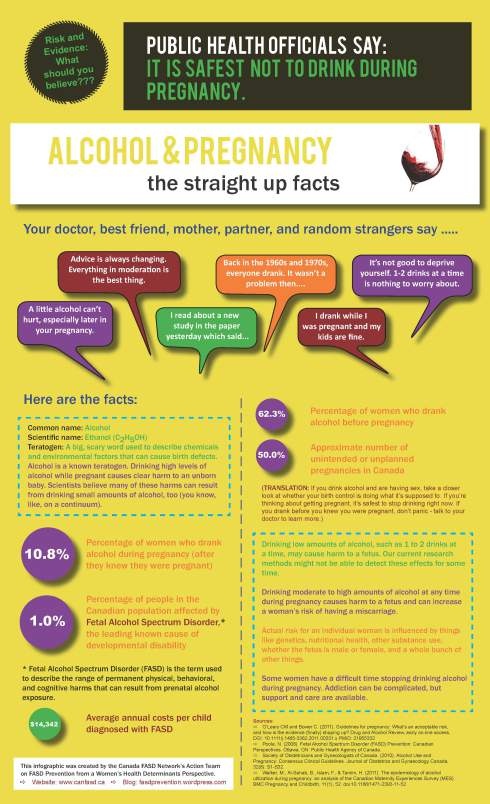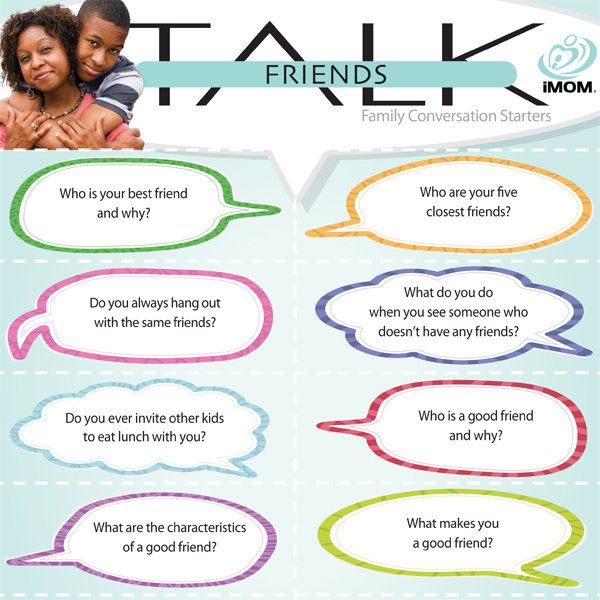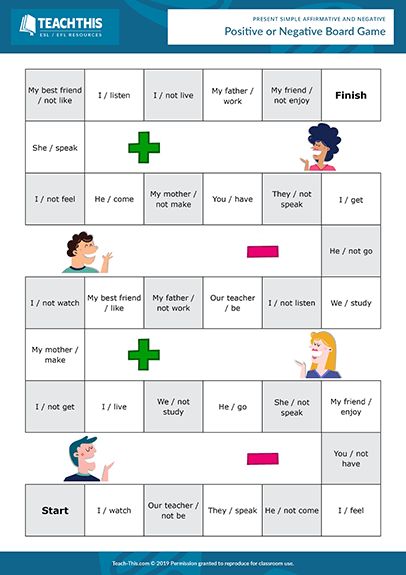How to get into child protection services
Child Welfare Social Work Guide
Weeks before a mother and her two children who have been placed in foster care are set to reunite, she’s arrested for getting into a physical altercation. Based on her history, there’s a good chance she could face jail time, making the reunification impossible. The situation will be heartbreaking for her children but will ultimately ensure that they remain in the most stable home possible. How do you break the news to them?
These are the kinds of dilemmas child welfare social workers encounter every day. While decisions can be tough, the fulfillment from ensuring that children are safe and given the best possible opportunity to succeed outweighs the challenges of this demanding field of social work.
Table of Contents
Child welfare social workers protect vulnerable youth and help disadvantaged families meet the needs of their children. As the National Association of Social Workers (NASW) explains, they “specialize in building upon the strengths within a family and their community to help provide a safe and loving environment for their children,” but also “intervene to protect children from harm” when necessary.
Due to the complexity and emotionally charged nature of their work (separating families by necessity, sometimes permanently, and balancing the at times conflicting interests of the child, his/her parents, and the child dependency court), child welfare social workers may find their daily responsibilities to be challenging. Despite these difficulties, professionals in this field often find their ability to provide compassionate support to parents while protecting children in need to be rewarding due to its profound impact, on an individual and societal level.
Job Description at a Glance
Some of the child welfare social worker’s core responsibilities include responding to cases of child abuse and neglect; removing children from home settings that are dangerous or do not meet certain standards; working with children and their families on a reunification plan in collaboration with child dependency courts; helping parents meet the needs of their children by connecting them with resources and helping them navigate programs, therapy and advising; and arranging for short- and long-term care of children whose families cannot take care of them.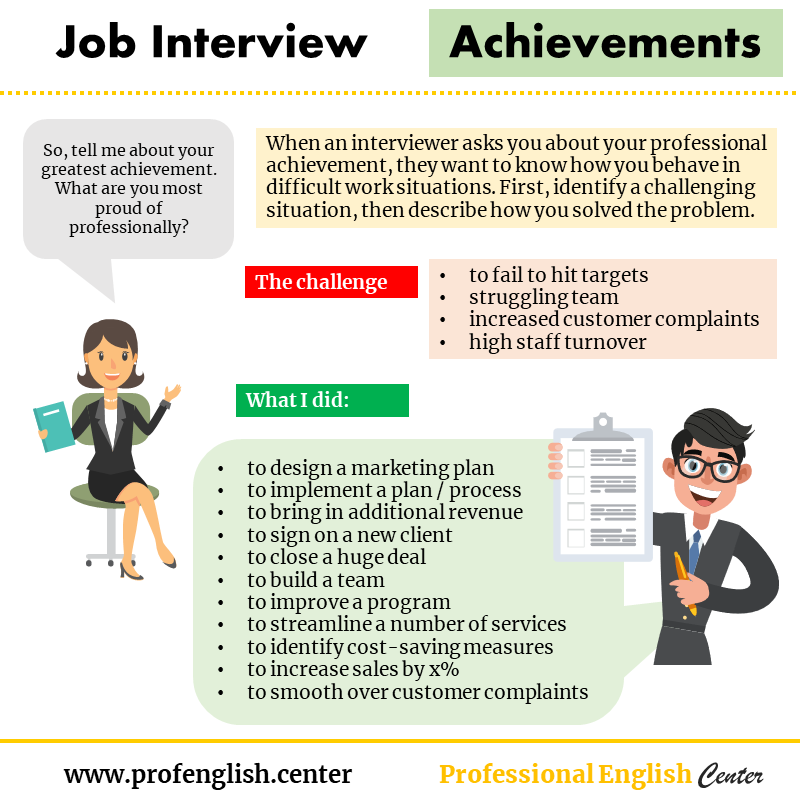
Education Requirements
While child welfare social workers can work in entry level agency positions after receiving their bachelor’s in social work, many employers prefer individuals who wish to progress to higher or more involved roles to have a master’s in social work (MSW) from a CSWE-accredited institution, with a focus on children and families, according to the NASW Standards for Social Work Practice in Child Welfare (PDF, 138 KB). During their MSW program, students interested in child welfare should seek internships in relevant settings (such as a family welfare agency), and take courses in clinical social work methods, family dynamics, child development, poverty, and/or disadvantaged populations. Social workers who want graduate level training for child welfare social work positions should explore state-funded scholarships for MSW students focusing on child welfare.
Salary
The mean annual wage for child, family and school social workers is $52,370, according to the Bureau of Labor Statistics. The typical salary range for professionals in this field is $32,300 to $80,290. Social workers who work for local governments earn a mean annual wage of $58,350 while state government employees earn $52,000 and social workers in individual and family services earn $45,360. Top paying states for this occupation include the District of Columbia, New Jersey, Connecticut, Rhode Island and Maryland.
The typical salary range for professionals in this field is $32,300 to $80,290. Social workers who work for local governments earn a mean annual wage of $58,350 while state government employees earn $52,000 and social workers in individual and family services earn $45,360. Top paying states for this occupation include the District of Columbia, New Jersey, Connecticut, Rhode Island and Maryland.
According to NASW standards for practice, the requirements for professionals who want to work in child welfare vary by state, but can include:
- Complete a bachelor’s or master’s degree in social work from a CSWE-accredited college or university.
- Gain experience through a child welfare-related internship or field placement.
- Pass the appropriate licensing exams and apply for state licensure.
- Complete continuing education requirements to retain licensure.
Sasha Chelsea McGowan, MSW, who works as a continuing services social worker in Contra Costa County, California, advised social work students to take classes that help them understand the populations involved in the child welfare system and how to address their needs. “I highly recommend that MSW students take an elective class on the history of social work in the United States, as the history of racial and socioeconomic oppression still runs strong in many of our impoverished and marginalized communities,” she said. “I also recommend taking any child welfare-specific classes offered that will go over safety planning, risk assessment, and the convoluted court system. A good basis in risk assessment, defining harm and danger to children, and how to make impartial decisions on extremely inflammatory subjects is key. We hire many individuals without specific child welfare training if they are able to master these tools.”
“I highly recommend that MSW students take an elective class on the history of social work in the United States, as the history of racial and socioeconomic oppression still runs strong in many of our impoverished and marginalized communities,” she said. “I also recommend taking any child welfare-specific classes offered that will go over safety planning, risk assessment, and the convoluted court system. A good basis in risk assessment, defining harm and danger to children, and how to make impartial decisions on extremely inflammatory subjects is key. We hire many individuals without specific child welfare training if they are able to master these tools.”
Field internships in settings that serve vulnerable children and families are also important. “I do recommend that students do an internship at a foster family agency if they are considering this field, because this job is not for everyone. […] If it is not possible to get an internship in the field, I would recommend getting experience at a group home, and/or shelter,” she said.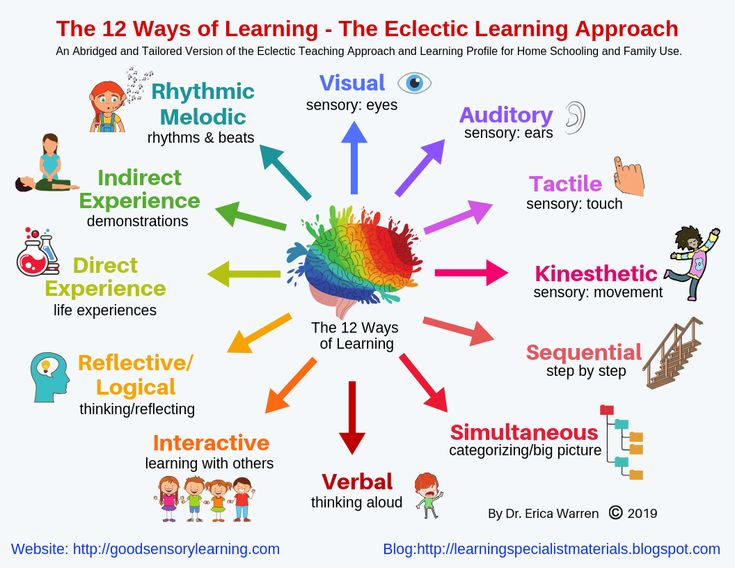
“A person interested in the position also needs to understand that they might have to wear different hats at times,” she added. “The responsibilities of this job vary from sometimes being an admin (answering phones and filing paperwork), to being a transporter, supervising visits, counseling clients and families, and writing reports and progress notes.”
For MSW students who are not placed in child welfare agencies during their internships, or for social work professionals who want to transition to this field, volunteer work can provide useful skills and experience. “There are many opportunities to volunteer with foster youth, and many job opportunities at lower levels enable people to work with these youth directly,” McGowan said. “Group homes are a good look into the intensity of trauma and reactivity that foster children can experience when deprived of stability. Additionally, there are critical county programs that are often looking for volunteers – the most significant of which is the CASA program (court appointed special advocate).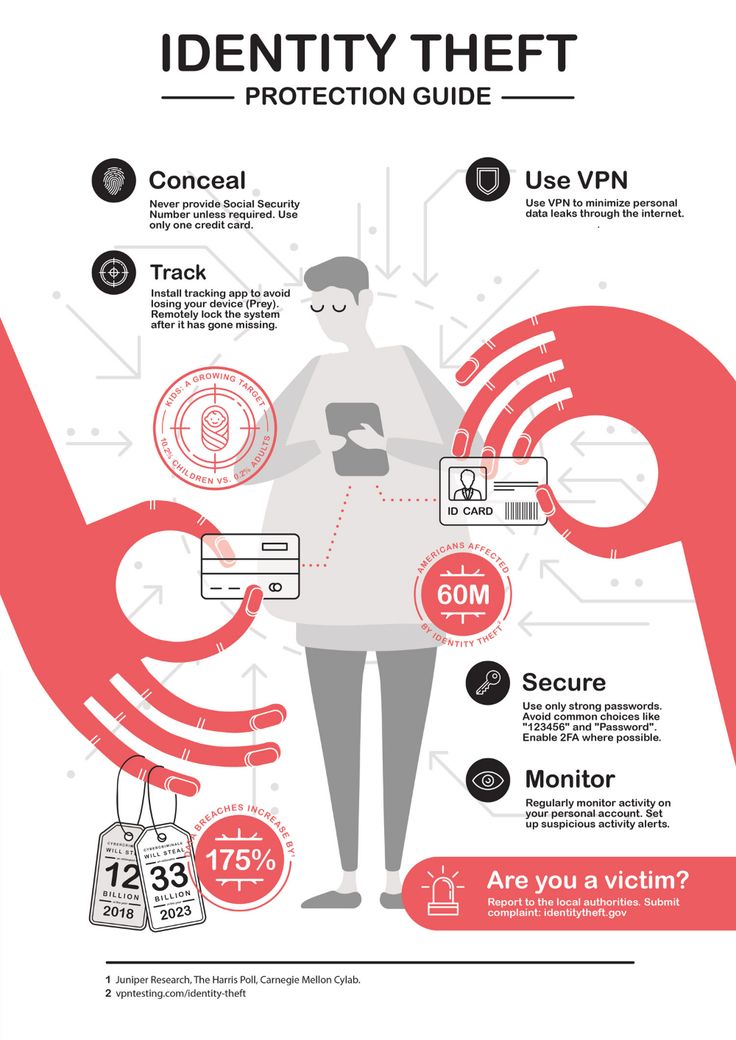 ”
”
An important benefit of pursuing child welfare social work during an MSW program is the opportunity to apply for government scholarships for people wishing to enter the helping professions. For example, the Title IV E Stipend Program is a federally funded program composed of a national consortium of social work and public service schools that offer financial support to students and working professionals who pursue degrees or training in public child welfare. The amount that students can receive through this program depends on the degree they are pursuing (BSW vs. MSW vs. professional training or continuing education) and their state of residence, but several of the social work students we interviewed highly recommend applying for benefits through this program.
“I would recommend that people be admitted under Title IVE concentration,” noted Katie Krause, MSW, who works for Contra Costa County Children and Family Services in California. “This concentration specifically prepares you for work in child welfare.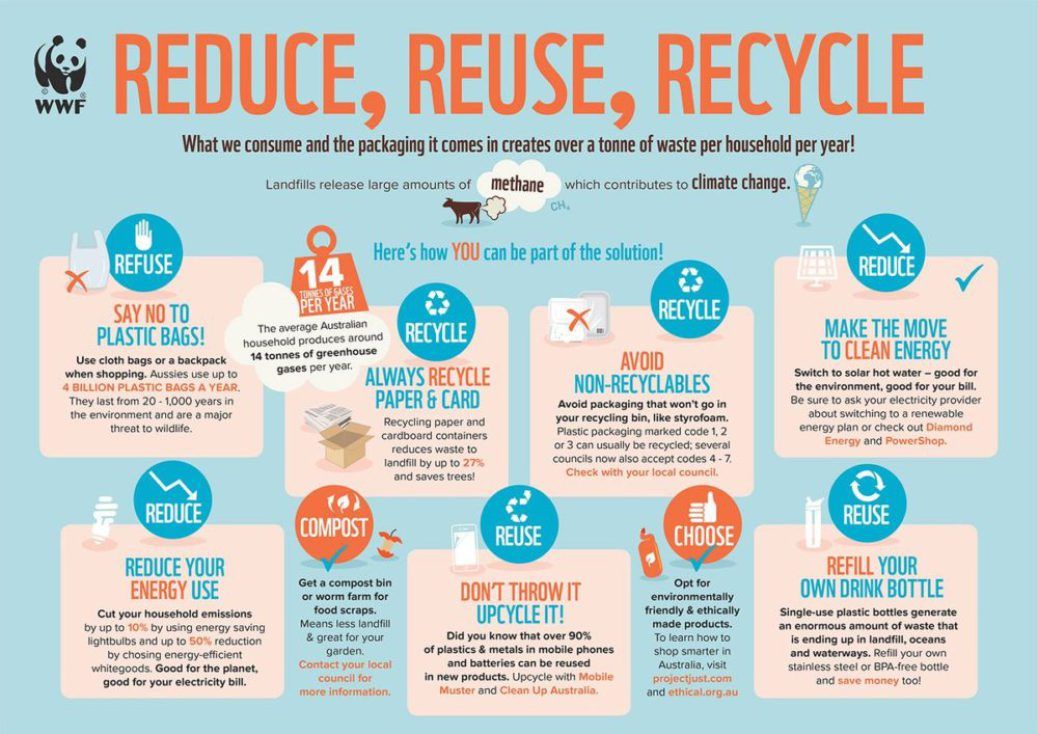 I felt very prepared for my job as a result of my classes and internships. My 2nd-year internship was basically like a trial job. A lot of things are the same in each county, so it is pretty easy to transition between counties and units. In the title IVE concentration you are required to intern in child welfare.”
I felt very prepared for my job as a result of my classes and internships. My 2nd-year internship was basically like a trial job. A lot of things are the same in each county, so it is pretty easy to transition between counties and units. In the title IVE concentration you are required to intern in child welfare.”
Through solid academic preparation, internships, and volunteer work, child welfare social workers can build a rewarding career devoted to protecting the safety and well-being of children while also giving their parents the support and compassion they need to make positive changes. Furthermore, by building strong social and collegial support systems at the beginning of their profession, practicing self-care on a regular basis, and maintaining an appreciation for the positive impact they have on families at the individual and larger systemic level, child welfare social workers can sustain energy and derive deep gratification from their accomplishments.
Case Western Reserve University
Earn Your Master’s in Social Work Online at CWRU
infoIn as few as a year and a half, you can prepare for social work leadership by earning your Master of Social Work online from Case Western Reserve University’s school of social work.
- CSWE-accredited
- No GRE requirement
- Complete in as few as one and a half years
Child welfare social workers can work for Child Protective Services and/or child welfare agencies at the county and state levels. There are often several different types of child welfare social workers on a given team that collaborate to identify and respond to cases of child abuse and neglect. Some of these are “front-end” social workers (also known as emergency response social workers), meaning they investigate incidents of child abuse and neglect at the site (often the child’s home), and will also return to remove children from abusive or insufficient care.
In contrast, “back-end” social workers (also known as continuing services social workers) work with children and their families after the child has been removed from his/her original home, to address the barriers the parents (or caretakers) are experiencing to provide their child(ren) with a minimum standard of care at home.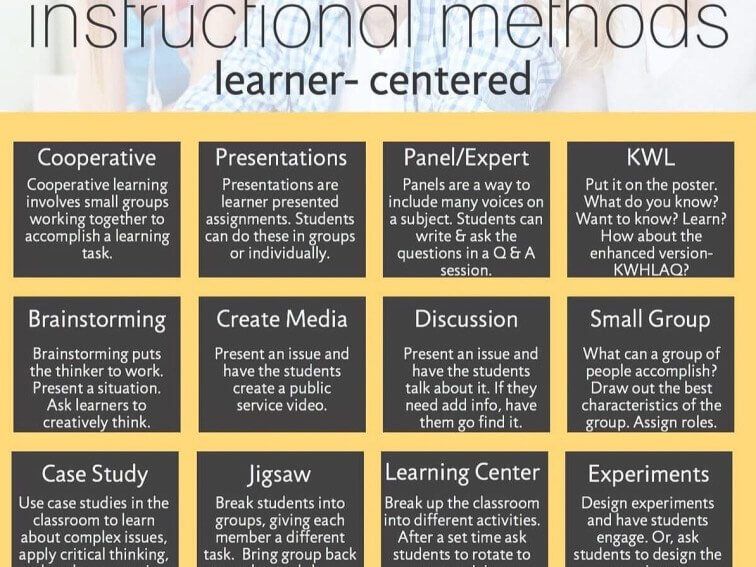 Back-end social workers interact with child dependency courts to arrange for alternative living situations (foster families, adoption, and/or living with family members) for children whose parents are unable to properly care for them, and also set goals, benchmarks and deadlines for parents to meet before their children can be returned to them. Back-end social workers also work with foster families, adoptive parents and community organizations and resources to create and maintain a support system for vulnerable children.
Back-end social workers interact with child dependency courts to arrange for alternative living situations (foster families, adoption, and/or living with family members) for children whose parents are unable to properly care for them, and also set goals, benchmarks and deadlines for parents to meet before their children can be returned to them. Back-end social workers also work with foster families, adoptive parents and community organizations and resources to create and maintain a support system for vulnerable children.
Due to limited resources and staffing, some child welfare social workers may move between emergency/first response duties and continuing services, or fulfill both types of responsibilities simultaneously, depending on their availability and the needs of the agency.
Emergency First Responder (“Front-End”) Social Workers
First responder social workers, as their title indicates, are often the first individuals to respond to cases of child abuse and/or neglect. Child welfare agencies will often receive notifications from concerned members of the public about households with children who may not be receiving sufficient care. First responder social workers investigate these allegations of abuse or neglect and evaluate the situation. If maltreatment is discovered, emergency first responder social workers typically open a child welfare case, contact Child Protective Services to have a child removed and placed in the care of the Child Dependency Court, and document the evidence of maltreatment in reports for the courts and for back-end social workers who take on the case after the child’s removal from his/her home.
Child welfare agencies will often receive notifications from concerned members of the public about households with children who may not be receiving sufficient care. First responder social workers investigate these allegations of abuse or neglect and evaluate the situation. If maltreatment is discovered, emergency first responder social workers typically open a child welfare case, contact Child Protective Services to have a child removed and placed in the care of the Child Dependency Court, and document the evidence of maltreatment in reports for the courts and for back-end social workers who take on the case after the child’s removal from his/her home.
McGowan explained the general standards for adequate parental care in the context of child welfare services. “In the child welfare field, we are focused on one thing – minimum sufficient level of care,” she explained, “This is the community based (and judicially supported) standard of care that we require families to provide for their children in regards to their physical, emotional and developmental needs.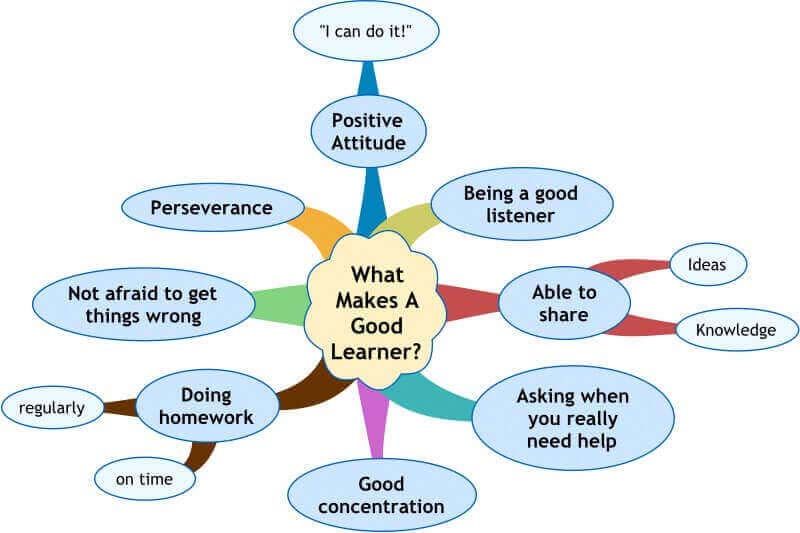 ”
”
McGowan noted that “minimum sufficient” is distinct from “ideal” or even “good” parenting – the child welfare social worker’s main concern is to ensure that children are reasonably safe, provided for in all essential areas (food, hygiene, schooling, medical and dental care, emotional well-being, etc.). In addition, the definition of minimum sufficient level of care can differ from community to community, as different counties will have different regulations around child care and neglect, expectations for school attendance, etc.
“To determine if a family is meeting this minimum standard [of care], we ask three questions,” she said. “Is the family providing for their child’s basic needs? Is the parent’s parenting practice, such as with physical discipline, within our community standard or outside of it? Does the parent’s behavior fall within reasonable limits, as judged by that same community?” If the response to these questions is no, then first responder social workers typically begin the process of opening a case and seeking to remove the abused or neglected children from their parents’ care.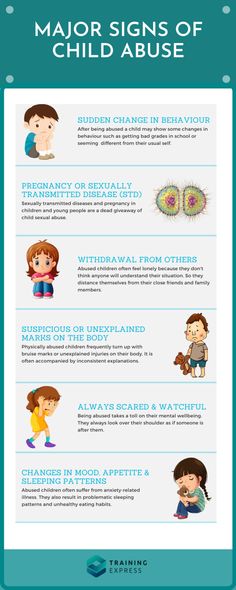
Continuing Services (‘Back-End’) Social Worker
Once a child is placed in the care of the Child Dependency Court, back-end social workers take over the case. “[Continuing services social workers continue] to investigate to clarify the allegations of maltreatment and develop a case plan composed of services and behavioral change necessary to return a child to the care of a parent,” McGowan told OnlineMSWPrograms.com. Types of behavioral changes social workers might include in a family’s case plan could include parents’ cessation of physical and/or verbal abuse; elimination of substance abuse behaviors; addressing of physical, medical/dental, emotional, or academic neglect, and proper supervision behaviors.
After the development of a case plan that incorporates behavioral changes for the parents and ways to support the parents in making these changes, continuing services social workers monitor the family’s case and provide emotional support, advising, and resource connections throughout the process.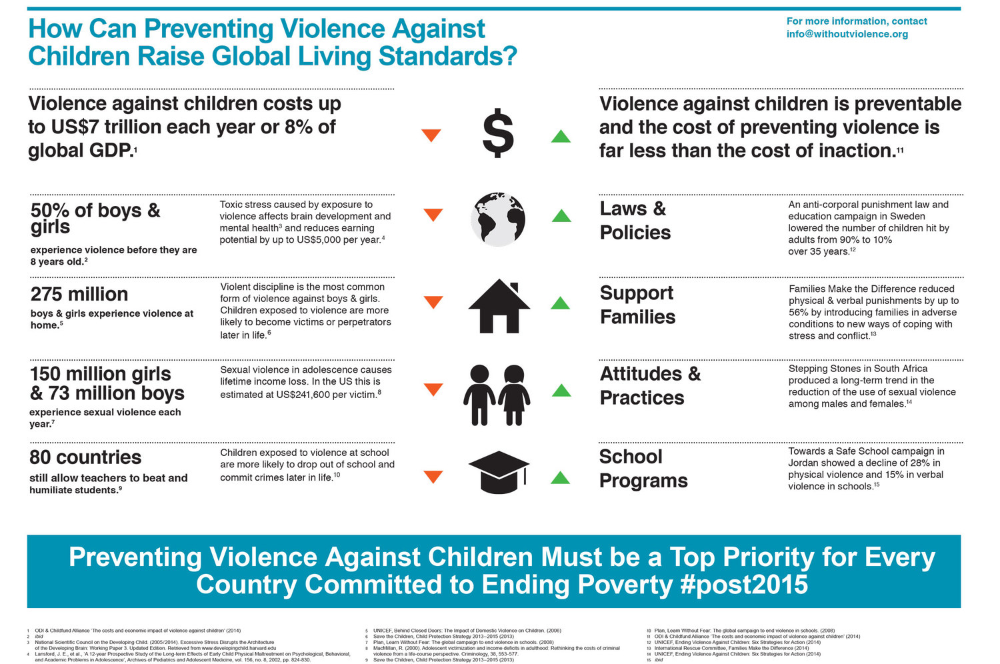 Services and support that social workers might recruit to assist children and their parents include counseling and psychotherapy; guidance on how to apply for health care benefits, food stamps, etc.; and connections to supportive groups within the community (substance abuse therapy groups, educational resources, etc.). Continuing services social workers also report on the family’s progress to the Dependency Court, and update families on the status of their case in relation to the court.
Services and support that social workers might recruit to assist children and their parents include counseling and psychotherapy; guidance on how to apply for health care benefits, food stamps, etc.; and connections to supportive groups within the community (substance abuse therapy groups, educational resources, etc.). Continuing services social workers also report on the family’s progress to the Dependency Court, and update families on the status of their case in relation to the court.
Damoun Bozorgzadarbab, MSW, who worked as a family services social worker and an emergency response children social worker at Los Angeles County Child Protective Services, explained that, while social workers are invested in parents’ progress, and in the reunification of the original family, their first and foremost priority is the safety of children. “The roles and responsibilities of child welfare social workers is first to keep children safe, then to assure their well-being and do both of those things while making sure they have a chance at permanent families,” she said, “So while child welfare social workers link parents to all the providers who help address their issues to mitigate safety and risk (therapists, day care providers, substance use treatment program) they are also reporting to the courts on the progress of the parents. ” If, after a period of time, parents are unable to meet the standards outlined in the case plan, continuing services social workers also start working on a plan for long-term foster care or adoption.
” If, after a period of time, parents are unable to meet the standards outlined in the case plan, continuing services social workers also start working on a plan for long-term foster care or adoption.
Due to the many responsibilities that back-end social workers have upon the opening of a child welfare case (i.e. in-depth investigation of child maltreatment allegations, development of case plan with behavioral changes for parents, continued monitoring of parents’ progress, and development of a long-term foster care or adoption plan if necessary), some child welfare agencies have different units of back-end social workers that focus on a specific area of continuing services. “[There] are specialized units that address the needs of children who are not able to reunite with their family of origin,” McGowan said. “In continuing services, I work with children younger than the age of 16 who were not able to reunify with their parents, and at age 16 they transfer to ‘transitions to permanency’ where a social worker with special training will work with them on skills for independence and transitioning to adulthood. ”
”
As mentioned previously, child welfare social workers’ specific responsibilities depend on whether they are working front-end or back-end roles at their agency. However, in general, the core responsibilities of child welfare social workers are:
Investigative Work (in Collaboration with CPS and Dependency Court)
Both first responder and continuing services social workers investigate instances of child maltreatment and evaluate children’s situations against an established minimum standard. The minimum sufficient level of care (MSLC) (PDF, 85 KB) is typically determined through a combination of state, federal, and community standards, as well as each family’s unique circumstances. Specific items that child welfare social workers look at include whether children are safe; provided for in terms of food, clothing, and shelter; are able to attend school; are not being subjected to physical, emotional/verbal, or sexual abuse; and are not suffering from neglect.
When investigating cases of child maltreatment, child welfare social workers collaborate with Child Protective Services and the Juvenile Dependency Court, which is a specialized court that handles solely child welfare cases. “Child welfare has its own court system, the Juvenile Dependency Court,” said Krause. “This is completely separate from criminal court. … Social workers in all units will interact with dependency court judges as we frequently write reports. Social workers can be called to testify when parents contest the allegations or judge’s decision. Each party (parents, kids, social worker) is represented by an attorney in court. Our attorneys are called county counsel and they represent all social workers in the county.”
“Child welfare has its own court system, the Juvenile Dependency Court,” said Krause. “This is completely separate from criminal court. … Social workers in all units will interact with dependency court judges as we frequently write reports. Social workers can be called to testify when parents contest the allegations or judge’s decision. Each party (parents, kids, social worker) is represented by an attorney in court. Our attorneys are called county counsel and they represent all social workers in the county.”
Case Plan Development
Once a child maltreatment is confirmed, child welfare social workers collaborate with Child Protective Services, behavioral therapists, case managers, agency staff, school administrators and teachers, and other relevant members of the community to develop an individualized case plan for the child and his/her parents. The case plan mainly focuses on the changes that parents need to make to regain custody of their children and can have several different elements.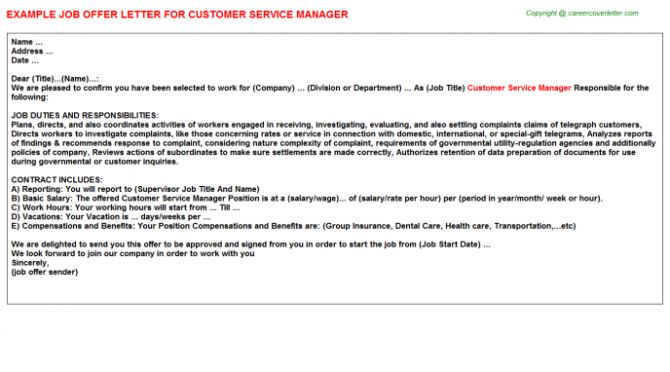
“A case plan could include things such as: anger management, domestic violence support group and education, counseling, couple’s counseling, family counseling, parenting classes, drug testing, and in patient or outpatient drug programs,” Krause noted, “I refer parents to all of these services. I [also] really try to explain to families what is going on as best as I can since the attorneys don’t really do that. I try to encourage them and draw on their strengths rather than only seeing the problems. I like to see the big picture and really get to know the family.”
Case plans usually have certain deadlines for behavioral changes that parents must meet, and these deadlines can be stringent. “A huge barrier for our families is the court timelines. If your child is under 3 years old, parents have only six months to address the issues leading to CPS involvement before we move towards an alternative permanency option for the child such as adoption. This is also why we concurrently plan, and place infants primarily with family members or potentially adoptive parents,” McGowan explained.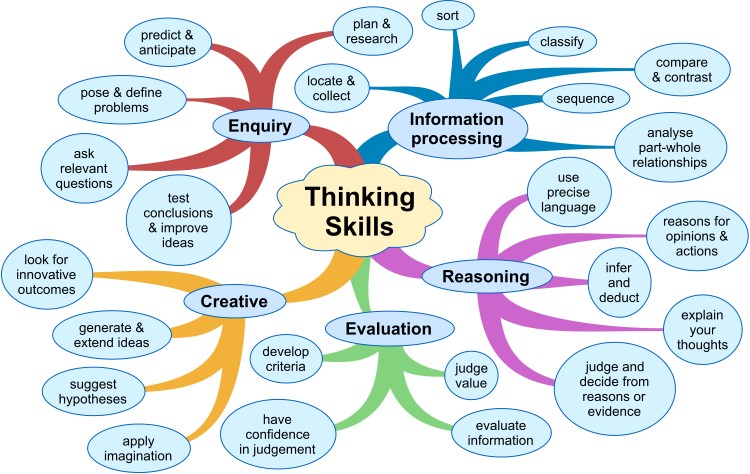 “This is based on the negative outcomes of children spending years in foster care without consistent caregivers in early childhood. With children over 3, parents have 12 months.”
“This is based on the negative outcomes of children spending years in foster care without consistent caregivers in early childhood. With children over 3, parents have 12 months.”
Counseling and Psychotherapy
Child welfare social workers can provide emotional counseling and, in some cases, targeted but often short-term psychotherapy to children and their parents. The separation of a family is a traumatic experience for both child and parent, and child welfare social workers help both parties manage the difficult emotions around the separation, and to move toward a plan of action for reunification. For children in foster homes or adopted children who experience mental, emotional and behavioral issues as a result of their separation from their family, child welfare social workers can offer emotional support and therapy. They might also help parents address the mental and emotional reasons behind the behavioral problems that lead to the maltreatment of their child (substance abuse, neglect, domestic abuse, etc. ).
).
“Every child that comes into contact with our system is assessed for therapy and additional mental health services,” Krause noted, “Almost all of the children who are removed from their parents participate in some sort of therapy. We also have a number of children with diagnoses that range from PTSD and depression to more complex diagnoses such as schizophrenia and bipolar.”
Coordination of Support Services for Child and Parents
In addition to providing individualized advising and therapy to children and their parents, child welfare social workers communicate with other parties that are concerned about and/or involved in a child’s well-being, including but not limited to school administrators and teachers, behavioral therapists, doctors and nurses, and staff at community centers. Maggie Olivares, ASW, who works as an agency social worker at EMQFamiliesFirst in Stockton, California, explained to OnlineMSWPrograms.com the many different people and organizations she collaborates with to help clients.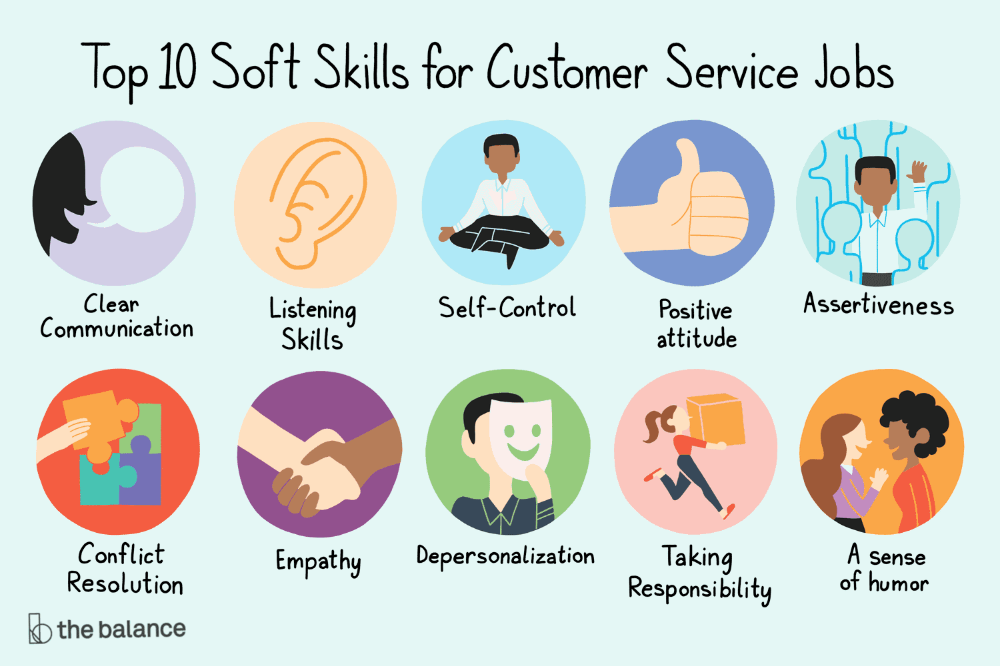 “[Agency social workers at EMQFF] work with other individuals such as child protective services social workers, probation officers, teachers, therapists, mental health resources specialists, family specialists, TBS and WRAP, and mental health workers,” she said.
“[Agency social workers at EMQFF] work with other individuals such as child protective services social workers, probation officers, teachers, therapists, mental health resources specialists, family specialists, TBS and WRAP, and mental health workers,” she said.
The aforementioned service providers meet periodically with the family and independent of the family to create, evaluate, and modify the reunification plan. “When a client has various services from different agencies, we hold meetings to discuss the services and treatment goals and objectives,” Olivares explained. “These meetings included Individualized Education Plans (IEPs), child and family team (CFT) meetings, WRAP meetings, and/or team decision meetings (TDMs). During these meetings we discuss each person’s role and task. Each individual meets the needs of the client and family in different ways depending on what role they have.” Below is a more detailed description of some of the collaborative services, programs, and meetings that child welfare social workers participate in with other human service providers.
- Wraparound Services (WRAP): Wraparound services are defined as community based, individualized, and comprehensive mental, emotional, behavioral and social services and support for people in need, such as vulnerable children and their parents. Wraparound services encompass an individual’s social, emotional, health, academic, and (where relevant) occupational needs, and recruit multiple providers from within the community (teachers, behavioral therapists, social workers, medical professionals, etc.).
- Child and Family Team (CFT) Meetings: CFT meetings are between children, parents, and human service providers, during which both parents and their children set goals for making the necessary changes to successfully reunify, and providers work with the family to construct a plan for meeting these goals. Providers also offer resources and support to assist the family in meeting their goals by established deadlines.
- Individualized Education Programs (IEPs): IEPs are developed primarily by school personnel (such as teachers, counselors and school social workers) in response to the needs of specific children who are not performing well at school for mental, emotional, behavioral, familial and/or social reasons.
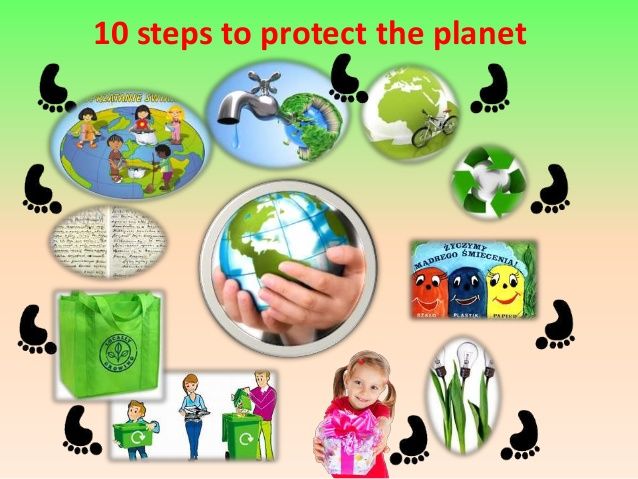 Child welfare social workers may participate in the development or maintenance of these plans in cases when child abuse or neglect are factors in a child not meeting certain academic standards.
Child welfare social workers may participate in the development or maintenance of these plans in cases when child abuse or neglect are factors in a child not meeting certain academic standards. - Team Decision Meetings (TDMs): These meetings are held between different social service providers before every key decision in a child’s case (placing a child in a foster home or with an adopted family, reuniting children with their families, etc.). During these meetings, providers develop an appropriate course of action given the family’s circumstances and progress (if applicable), evaluate the benefits and risks of this course of action, and update one another on the progress of a family.
Resource Connections and Navigation Services
While child welfare social workers can provide mental health counseling and therapy, their main role is as a care coordinator and an evaluator of children’s mental, emotional, academic, and social needs. Furthermore, though they work closely with families in need, child welfare social workers’ interactions with their clients is necessarily limited, and thus part of their job is creating as comprehensive a support system as possible for children and parents by coordinating services from various community resources.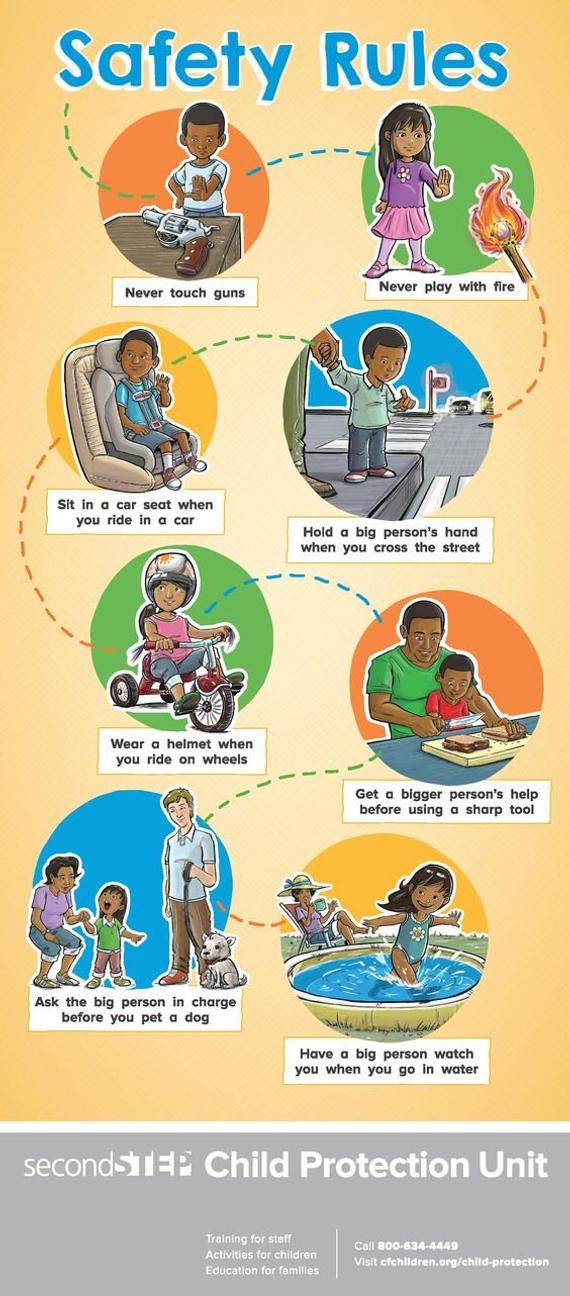
In her interview with OnlineMSWPrograms.com, Krause explained how one of her core responsibilities is assessing and then meeting the needs of children and families through resource coordination. “As a social worker, I assess each child [in the areas of emotional, mental, developmental, and social well-being]. We refer for mental health services, behavior support services, tutoring, extracurricular activities to work on social skills, and developmental assessments through the regional center,” she said. “I also act as the ‘broker’ and make sure that all service providers are communicating.”
Examples of such resources include but are not limited to after-school programs and tutoring, parent support groups, centers that provide subsidized food and clothing, individual counseling, community health clinics, emotional regulation and stress reduction groups, and substance abuse support groups.
Child welfare social work is a very challenging field that can be physically draining and emotionally taxing. Child welfare social workers cite limited resources, grueling schedules, the emotional ramifications of witnessing and supporting people through trauma, and the pressure of families’ well-being resting on their shoulders as being definite challenges in their line of work.
Child welfare social workers cite limited resources, grueling schedules, the emotional ramifications of witnessing and supporting people through trauma, and the pressure of families’ well-being resting on their shoulders as being definite challenges in their line of work.
As simultaneous investigators, counselors, child and parent advocates, and care coordinators, child welfare social workers may find themselves being pulled in many different directions. Olivares described the varied and intensive responsibilities that child welfare social workers must balance on a daily basis. “This job is not an 8 a.m.-5 p.m. type of job and many times we work after hours and need to be flexible with our schedule. As a social worker there are a lot of responsibilities from completing reports and progress notes, transporting clients, coordinating and supervising visits, and collecting and filing all paperwork. We are responsible for keeping family and client files up to date, and completing walk-throughs and home visits,” she explained.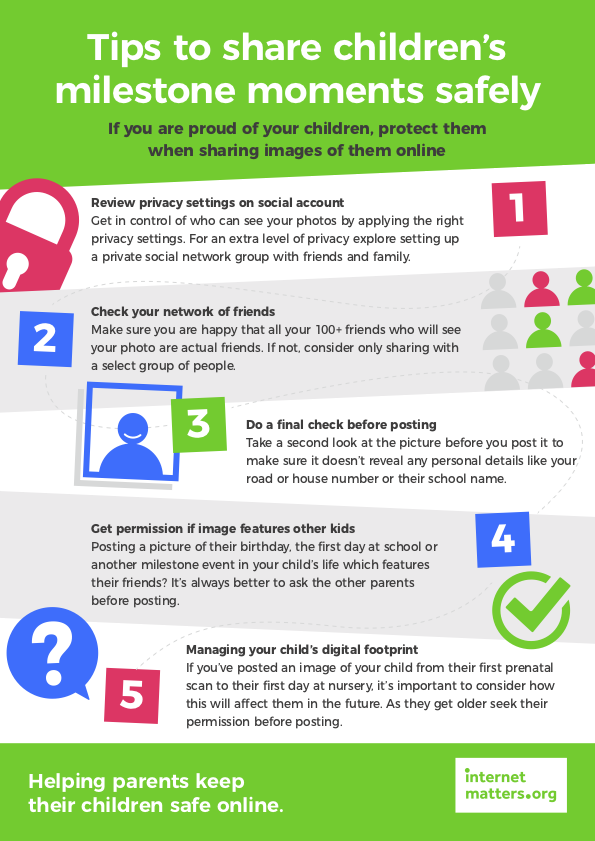 “We also have to respond to crises and attend and coordinate meetings and assure services are being completed.”
“We also have to respond to crises and attend and coordinate meetings and assure services are being completed.”
Managing the interests and feelings of both child(ren) and parents and connecting emotionally with both parties can also prove difficult for social workers when children are unable to return to their parents. “It is heartbreaking to have to recommend that a child not be returned to their parents. I hate having to tell parents that they are not making enough changes and that I do not feel their child is safe with them. It is also tough to see what being torn apart does to families,” Krause said. “I firmly believe that most children belong with their parents in the long run. We regularly deal with challenges related to complicated court timelines, large caseloads, having to communicate with many service providers, and traveling out of county/state to see kids who are placed elsewhere.”
Bozorgzadarbab explained how the child welfare system’s prioritization of children’s safety and well-being is important, but also means that parents’ interests and background do not take precedence when deciding where their child is ultimately placed. “Parents who already have trauma in their history, mental illness and/or substance use and feel disempowered/marginalized, will now have to prove their ability to safely parent to a seemingly impersonal and all-powerful system,” she said. “The failures of the parents may be clinically understandable given the complex issues they have to face, but in a system where children have to be protected above all, these failures are not easily forgiven. Children could be well on their way to adoption before their parents can successfully remove safety concerns.”
“Parents who already have trauma in their history, mental illness and/or substance use and feel disempowered/marginalized, will now have to prove their ability to safely parent to a seemingly impersonal and all-powerful system,” she said. “The failures of the parents may be clinically understandable given the complex issues they have to face, but in a system where children have to be protected above all, these failures are not easily forgiven. Children could be well on their way to adoption before their parents can successfully remove safety concerns.”
Olivares told OnlineMSWPrograms.com how her clients’ past and present hardships can be challenging to witness. “As a social worker we work with clients who come from unfortunate and sad circumstances. All the clients have been taken away from their birth families and most have a lot of needs. Learning about their stories is always difficult to hear,” she said. Olivares also noted that placing children in foster homes and/or with adopted families can lead to complicated and at times emotionally difficult situations for all parties involved.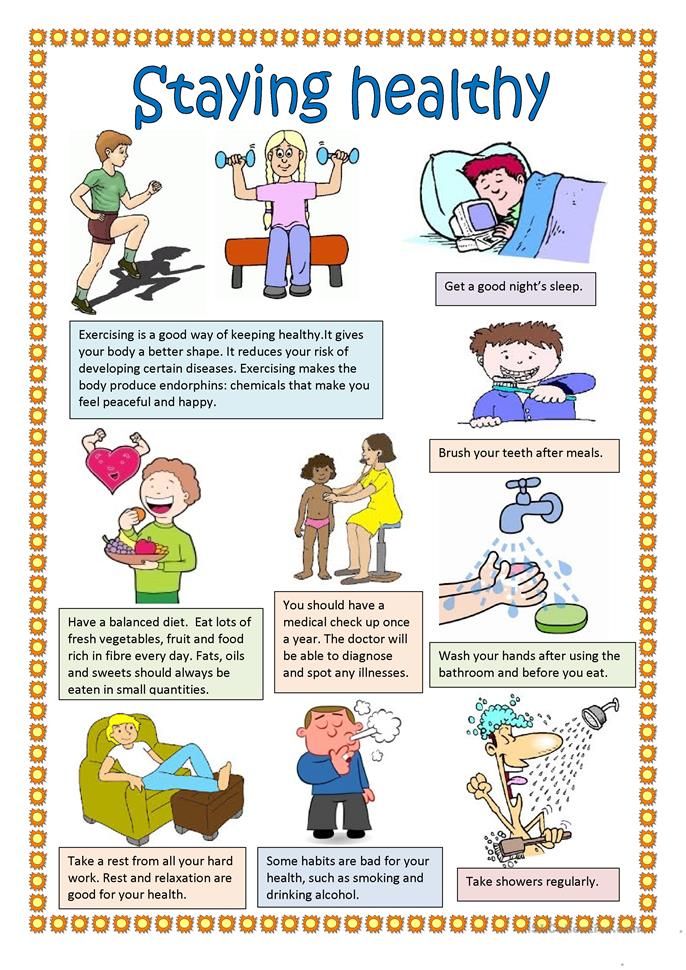 “The hardest part of this job is when clients sabotage good homes because they test limits and can’t trust,” she said. “It is also hard to see young children build bonds and healthy attachments with foster families and then they are reunified with their birth family. Even though reunification is a positive thing, it’s also hard.”
“The hardest part of this job is when clients sabotage good homes because they test limits and can’t trust,” she said. “It is also hard to see young children build bonds and healthy attachments with foster families and then they are reunified with their birth family. Even though reunification is a positive thing, it’s also hard.”
To manage the aforementioned challenges, child welfare social workers urge social work students and professionals interested in this field to commit to self-care early and consistently. “[You] HAVE TO respect your limitations and engage in self-care,” Bozorgzadarbab said. “I can’t emphasize enough that you need ways to increase your emotional capacity for your own sake, for the sake of your loved ones and even for the sake of your clients. If your emotional and empathic abilities are depleted, unhappiness and isolation is a likely result and eventually making poor decisions at work follows–which in the case of CPS work can be devastatingly costly to a child. ”
”
Bozorgzadarbab also explained how professionals in this field should work to build and maintain a strong support system of colleagues across the different disciplines that collaborate on a given family’s case (i.e. school staff, health care professionals, behavioral therapists, attorneys, etc.). “An attitude of appreciation for teamwork and respect for other professionals outside child welfare can go a long way,” she said. “The stressed out nurse at the hospital who’s short with you will also be your savior when the time comes. The police officer you may have just offended is the person you’ll need to rely on another day to safely transport your suicidal minor client. … I can give countless examples of why teamwork can save your career, but the bottom line is you can’t do good work by yourself so cultivate relationships to help positively impact the outcome for your minor clients and help your own sanity too.”
McGowan similarly emphasized the importance of a positive outlook and building a strong community of colleagues in staying motivated and fulfilled at work.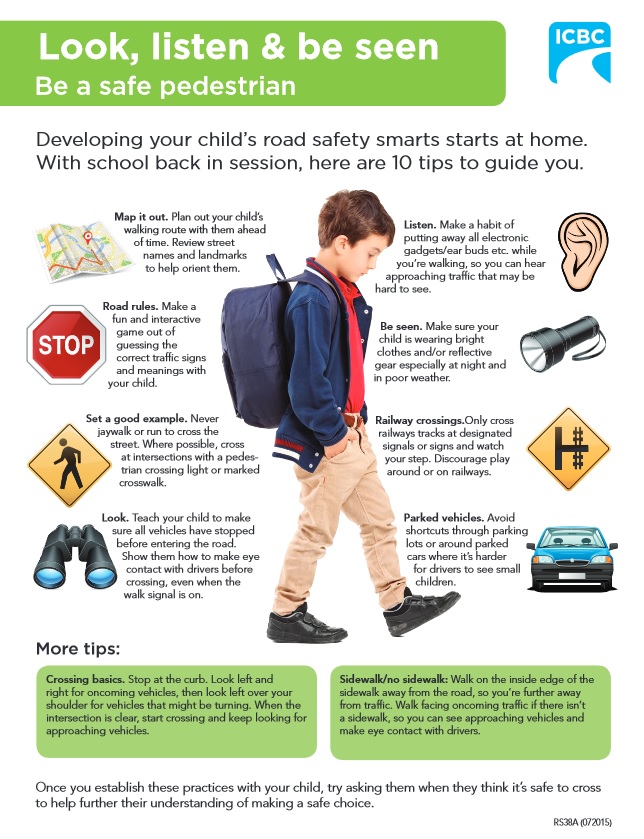 “We set our own tone for our work, and with a supportive supervisor and a county aimed towards the future, we have the ability to do an enormous amount of good for our community.”
“We set our own tone for our work, and with a supportive supervisor and a county aimed towards the future, we have the ability to do an enormous amount of good for our community.”
Though their work is often stressful, demanding, and fast-paced, many child welfare social workers feel that the challenges are equally balanced with the rewards, and that the gratification they receive from their daily work is in fact inseparable from the difficulties of their work.
“Overall, my work is incredibly rewarding, Krause said. “Although it is an uphill battle, I develop pretty good relationships with my families. I get to see the progress they make and see how their lives change for the better. … I also try to be timely, responsive and compassionate, as I understand that my job is incredibly important. We are dealing with real people and make important recommendations about whether or not children can safely be with their parents. That is huge.”
Olivares explained to OnlineMSWPrograms.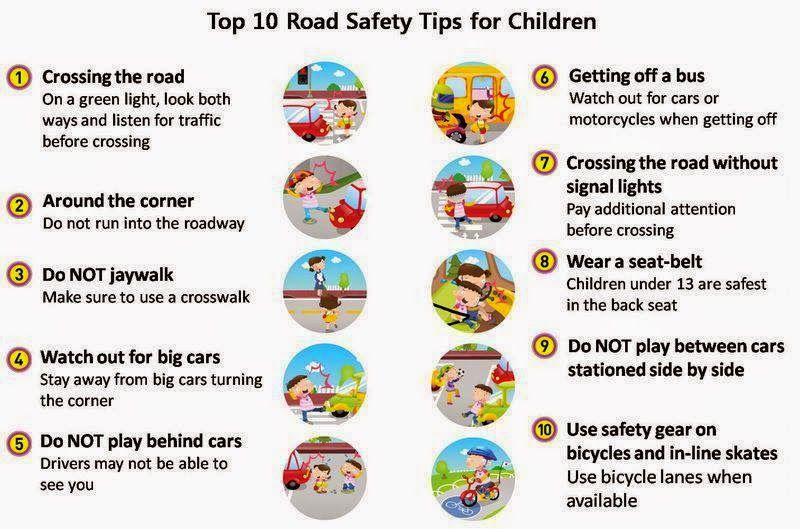 com how seeing the positive progress her clients make has helped her maintain energy in her role. “I’ve been in my position for over 15 years and although I have had other job opportunities to move up in my position and leave foster care. I’ve chosen to remain in foster care and stay in my current position,” she said. “Although the job has many challenges, I overall enjoy doing what I do. This job does not get boring and every day I am doing something different. My favorite part has been seeing the potential of the clients with whom I work. It is also rewarding to see them thrive and overcome challenges. I have emancipated several youths from foster care, and it is very exciting to see them leave the system, go on to college and become successful. I especially enjoy working closely with the clients; assisting them in life-long goals and helping them meet their goals.”
com how seeing the positive progress her clients make has helped her maintain energy in her role. “I’ve been in my position for over 15 years and although I have had other job opportunities to move up in my position and leave foster care. I’ve chosen to remain in foster care and stay in my current position,” she said. “Although the job has many challenges, I overall enjoy doing what I do. This job does not get boring and every day I am doing something different. My favorite part has been seeing the potential of the clients with whom I work. It is also rewarding to see them thrive and overcome challenges. I have emancipated several youths from foster care, and it is very exciting to see them leave the system, go on to college and become successful. I especially enjoy working closely with the clients; assisting them in life-long goals and helping them meet their goals.”
Child welfare social workers may also find deep rewards in being advocates for parents, regardless of whether or not they succeed in their goal of reunification. Bozorgzadarbab explained how her job has given her many opportunities to empower parents and provide them with support, dignity and compassion during a very difficult time. “There are too many examples to list when I felt honored and humbled, be it by my coworkers or my clients. Two that stand out are: when a mother who had originally fought me on the removal of her five children thanked me for ‘saving’ them and told every social worker who came after me about the respect and dignity that I had shown her family,” she recalled. “I also felt rewarded when I stood up for cultural differences in an immigrant family and advocated hard for them to receive the agency’s educational resources instead of having to experience the removal of their child from their care.”
Bozorgzadarbab explained how her job has given her many opportunities to empower parents and provide them with support, dignity and compassion during a very difficult time. “There are too many examples to list when I felt honored and humbled, be it by my coworkers or my clients. Two that stand out are: when a mother who had originally fought me on the removal of her five children thanked me for ‘saving’ them and told every social worker who came after me about the respect and dignity that I had shown her family,” she recalled. “I also felt rewarded when I stood up for cultural differences in an immigrant family and advocated hard for them to receive the agency’s educational resources instead of having to experience the removal of their child from their care.”
Types of Jobs in Child Protective Services
Abuse and neglect is a huge problem that affects the lives of tens of thousands of children in Texas each year. Every day in communities across Texas, thousands of CPS employees work to protect the safety and well-being of our state's children.
CPS is a rewarding career that gives you the opportunity to work with children and their families to make their homes safe and a place where children can thrive. In the small percentage of cases where that's not possible, CPS finds other safe places for children to live. This can be with relatives, in foster care or adoptive homes.
What jobs are available at CPS?
-
Investigator Specialist
-
Family-Based Safety Services Specialist
-
Conservatorship Specialist
-
Special Investigator
-
Foster Adoptive Home Development
-
Preparation for Adult Living
-
Human Services Technician
In this first video, CPS caseworkers tell us why they love their jobs:
Job Preview Video: Working for Child Protective Services
Working for CPS - Watch caseworkers in action in this in-depth look at the jobs of the five types CPS caseworkers, and what it takes to be successful. You'll learn about the challenges and rewards of these important jobs directly from real caseworkers.
Frequently Asked Questions
Do I have to have a degree?
No. Entry level Child Protective Services Specialist can have one of the following:
- A Bachelor's degree OR an Associate's degree plus 2 years of relevant work experience.
- 60 college credit hours plus 2 years of relevant work experience.

- 90 college credit hours plus 1 year of relevant work experience.
Relevant work experience includes:
- Social, human, or protective services.
- Paid or volunteer work with social service agencies or communities that provide services to families or at-risk populations.
I think I could do this job, but will I be trained?
Yes! You will get lots of great training before beginning your job, including on the job training. While you will be visiting clients on your own, you will have the support of your co-workers and supervisor any time you need it.
Are there opportunities for career advancement?
Yes! You will receive ongoing training to prepare you to advance in your career with CPS. Caseworkers have a career ladder based on levels of certification.
How to become a social security client -
Client relationships with welfare or child protection services often begin with the parents or the child contacting the welfare or child protection agency for help.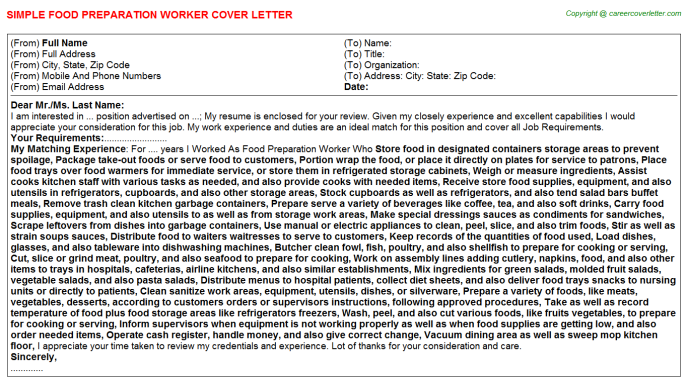 This relationship may also begin with school or kindergarten staff, together with the child's parents, contacting a welfare worker to assess the need for assistance. A notice to Child Protective Services may also initiate such a relationship.
This relationship may also begin with school or kindergarten staff, together with the child's parents, contacting a welfare worker to assess the need for assistance. A notice to Child Protective Services may also initiate such a relationship.
An anonymous child protection statement can be made by anyone who is concerned about the well-being of a child. Officials working with children are required to tell Child Protective Services if they have concerns about a child's well-being. As a rule, professionals discuss this issue first with the family. The police file a complaint if the minor committed a crime, used drugs, or was present during a domestic violence situation.
What could be the reasons for the need for assistance?
- A major change is taking place in the life of the family, affecting all its members.
- Parents suffer from fatigue, illness, depression, mental illness.
- Parents use drugs and alcohol, often and in large quantities.
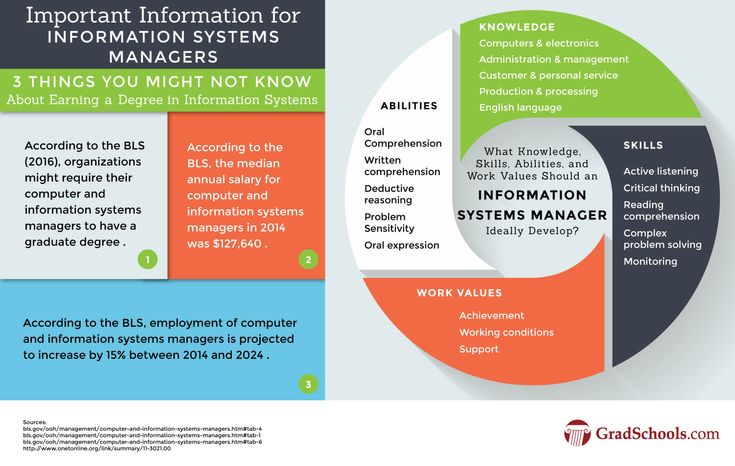
- There are cases of domestic violence.
- The child or adolescent engages in activities that are dangerous or harmful to him/herself, such as using alcohol or drugs, breaking the law, or not attending school.
- The child bears too much responsibility for the life of the family for his age, for example, due to the illness of his parents.
What follows an application or notification?
The social worker carefully evaluates each notice and application and then, in most cases, begins the process of assessing the situation of the child and family. Depending on the situation of the child and the family, the assessment may consist of determining the need for social assistance, indicated in the social security law, or determining the need for child protection.
In most cases, the worker contacts the family and invites the parents and children to discuss the situation. During the evaluation process, there may be several meetings, which can be organized either at the social service office or at the kindergarten, school or family home. For complete clarity of what is happening for both parties, it is possible to use an interpreter. The meetings discuss the reasons for the application and possible ways to help the child and family. During the assessment process, it is not uncommon for the worker to meet with the child without the presence of the parents. The situation of the child and the family is assessed as broadly as necessary. At the request of the family, cooperation can be offered to other relatives of the child or relatives.
For complete clarity of what is happening for both parties, it is possible to use an interpreter. The meetings discuss the reasons for the application and possible ways to help the child and family. During the assessment process, it is not uncommon for the worker to meet with the child without the presence of the parents. The situation of the child and the family is assessed as broadly as necessary. At the request of the family, cooperation can be offered to other relatives of the child or relatives.
An assessment of the situation of the family and the child may lead to the registration of the family as a client of a social or child protection service.
If the child and family plan to use the services and support of the social service, and they do not need the help of the child protection service, then for the duration of their status as a client of the social service, their own curator is assigned - a responsible employee. Client relationships with social security services are voluntary.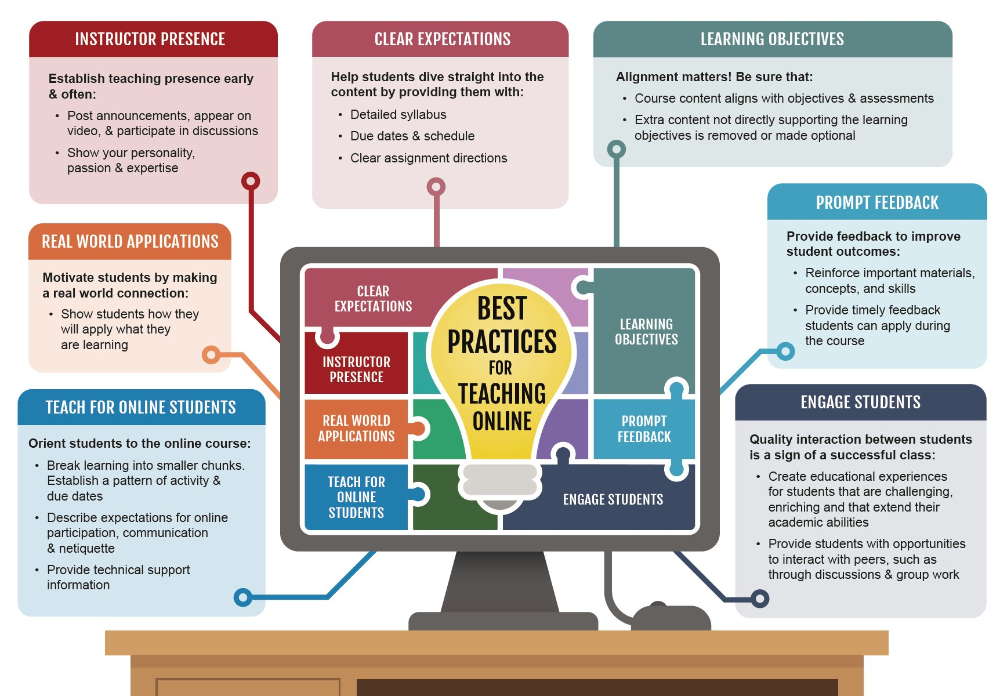
If the situation of the family and the child requires the support of a child protection service, the child becomes a client of the child protection service. In this case, a specially appointed social worker supervising the child's case is responsible for managing the child's case. If, based on an assessment of the need for social assistance or the need to protect a child, service workers have concerns about the condition or situation of a child, then he can be enrolled in child protection services also in such a situation when he and his parents do not consider it necessary. The status of a client of a social service or child protection service is not assigned if, according to the results of the assessment, there are no reasons for concern, and the child, as well as the family, does not need support.
At the beginning of a social service client relationship, the child and family can receive support, for example, through social advice and counseling, financial support, home services, family work, and the provision of a support specialist or support family. Support and guidance can be provided on a wide range of issues related to the daily life of the family, such as the child's circadian and sleep patterns, eating habits, and developmental issues at different ages. If a child becomes a client of child protection services, the assistance provided to him and his family can be more effective.
Support and guidance can be provided on a wide range of issues related to the daily life of the family, such as the child's circadian and sleep patterns, eating habits, and developmental issues at different ages. If a child becomes a client of child protection services, the assistance provided to him and his family can be more effective.
For more information about child protection services, see page Outpatient support is a priority.
Glossary
This glossary explains the meaning of the most important terms related to child protection.
Glossary
What to do if you suspect your neighbors of child abuse?
In Russia, more than two million children under 14 annually suffer from domestic violence from close relatives — mothers, fathers, grandparents, brothers or sisters. Neighbors, who often become unwitting witnesses to what is happening, face many questions: is it worth interfering in family affairs? Will it not turn out that their participation will only do harm? Won't guardianship then take the child out of the family?
"Such Cases" found out how charitable organizations and guardianship authorities propose to act in such cases.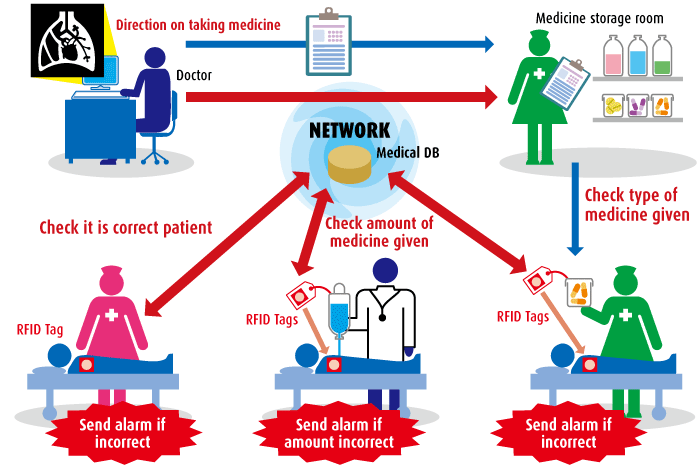
Death from exhaustion and mountains of garbage
Since the beginning of 2019, there have been several high-profile cases when small children died or were injured, left unattended for several days.
At the end of January, a one-year-old boy died of exhaustion in St. Petersburg. His mother left home for several days and deliberately left the child without food or water. Previously, she was deprived of parental rights to her eldest son, 14 years old. The last time the guardianship authorities checked the family was in 2017. In Kirov, on February 20, the body of a three-year-old girl was found in one of the apartments in the city. Her mother locked her at home alone without food for a week and turned off the water taps. Neighbors told reporters that the girl was left alone at home more than once, but they did not contact the police or guardianship authorities.
On March 10, in Moscow, employees of the Ministry of Internal Affairs and the Ministry of Emergency Situations rescued a five-year-old girl from an apartment littered with garbage. Her mother also left her for a few days. The girl was emaciated, in dirty clothes, did not speak, and a plastic band had grown into her neck. Special services were called by neighbors who heard the child crying loudly. On April 8, in Mytishchi, guardianship authorities near Moscow took away four children from a local resident - three of them did not have birth certificates, because their mother gave birth to them right in the apartment. It turned out that the family lived in unsanitary conditions and ate leftovers from the garbage dump that their grandmother brought. Neighbors again turned to the guardianship authorities for help, because they had not seen children on the street for a long time.
Her mother also left her for a few days. The girl was emaciated, in dirty clothes, did not speak, and a plastic band had grown into her neck. Special services were called by neighbors who heard the child crying loudly. On April 8, in Mytishchi, guardianship authorities near Moscow took away four children from a local resident - three of them did not have birth certificates, because their mother gave birth to them right in the apartment. It turned out that the family lived in unsanitary conditions and ate leftovers from the garbage dump that their grandmother brought. Neighbors again turned to the guardianship authorities for help, because they had not seen children on the street for a long time.
How can you tell if a child is being mistreated at home?
The first thing that should immediately attract the attention of neighbors to a child is dirty and untidy clothes, swollen, sleepy or tearful eyes and other signs of neglect, listed the president of the interregional public organization to assist families with children in a difficult life situation "Aistenok" Larisa Lazareva . Children suffering from domestic violence often have bad habits, they laugh less often, they do worse in school. This can be noticed not only by housemates, but also by teachers at school.
But again, the expert stressed, a child's poor appearance is not a reason to come to the unequivocal conclusion that parents are abusing him. Perhaps the family just got into a difficult life situation.
“For starters, you can kindly ask the child himself if everything is fine at home. It must be remembered that very young children sometimes fantasize, so it is important not to go too far when communicating with them, ”said Lazareva. She also added that burns, bruises and marks of beatings on the child's body should become an alarming signal. But even here it is necessary to distinguish - bruises can also be from the fact that the child is involved in sports, is simply hyperactive, often falls and hits.
In any case, one should not ignore one's suspicions, because the outcome of the situation largely depends on the involvement of others. “We react little to the world around us. And in cases when we do not pay attention to problems and do not want to help - maybe out of fear of being witnesses or out of indifference - all kinds of cruelty occur, ”the director of Aistenka recalled.
What should I do if I suspect child abuse?
If it seems to a person that neighbors are cruel to their child or children, first of all, he should try to personally find out the situation of the family and offer help, Larisa Lazareva believes. For example, prolonged crying of a child does not always mean that he is being hurt.
“We had an exemplary case. Our specialist psychologist came to me for advice. The child of her downstairs neighbors cried at night for three days in a row, and she did not know what to do in such a situation. At first, I suggested that I just go to them and find out if they need some help. It turned out that the child's mother ended up in the hospital, while the father and grandmother stayed with the baby in their arms and transferred him from breastfeeding to formula. The baby just had a stomach ache, that's why he cried, especially at night, - said the director of "Aistenka". “As a result, our employee explained to them how best to switch from breastfeeding to formula, gave other small tips, gave the coordinates of the organization, and everything was decided.”
Elena Alshanskaya, President of the Volunteers to Help Orphans Foundation, also suggested that she find out the situation in the family and try to help on her own. “You need to understand that many cases, especially those that are discussed in the press, have nothing to do with ill-treatment,” she stressed. - There is real violence and a threat to the life and health of the child. And it happens that a family is in a difficult life situation and cannot cope, for example, with the issues of caring for an apartment and ensuring order. Yes, this causes inconvenience to the neighbors, but this is not cruel treatment. Unfortunately, neighbors usually react more actively to smells or cockroaches than to real violence against a child.
If the family is in a difficult situation, you can establish communication with them, offer help, or at least find out if they need it, advises Alshanskaya. For example, offer children's things, toys, or look after the child from time to time if the mother is raising the child alone and it is difficult for her to cope with it herself.
THEN SHE WILL NOT BE TEMPTED TO LEAVE THE CHILD ALONE FOR THE FIRST, SECOND, THIRD, FOURTH TIME
“Neighbors can help through very simple forms of help that do not humiliate [a person]. The main thing is to offer this help in some harmless, respectful way. But this turns out to be the most difficult, because we are very divided and we live in apartment buildings, as if in a forest, ”Alshanskaya said.
"Takie Dela" also applied for a comment on the algorithm of actions in such situations to the guardianship authorities. Svetlana Komkova, head of the department of guardianship and guardianship of the administration of the Presnensky district of Moscow, recommends that neighbors not find out the circumstances on their own, but immediately call the social service.
“It’s difficult to assess on your own whether there is a threat to the child or not, it’s difficult right away, you need to call the guardianship authorities,” says Svetlana Komkova. - And we will decide whether there is a problem or not. In the event that abuse does occur, we will be able to provide assistance to the child in time. The sooner we start helping, the better. We are obliged to come and check, even if everything turns out to be safe in the family, and the children just stomped loudly upstairs."
When should I call the police or child welfare authorities?
If the residents of the house know that a child is subjected to physical violence in the family, continued Larisa Lazareva, president of Aistenka, this is a reason to contact law enforcement agencies and guardianship and guardianship authorities at the place of residence. Some departments have special communication channels for this:
"Hotline" of the Ministry of Internal Affairs of the Russian Federation 8 (800) 222-74-47;
Hotline "Child in Danger" of the Investigative Committee of the Russian Federation 8(800)707-79-78;
"Unified social phone" 8 (800) 3008-100;
In Moscow, there is a single number "051" - a hotline telephone, from which appeals are also forwarded to guardianship authorities.
“It happens that neighbors, especially if they are dealing with brawlers, are afraid to call the police under their own names. You can contact the authorities anonymously. I myself made such calls several times for other people who did not want to reveal their identities. Such appeals should also be responded to,” the expert said.
Svetlana Komkova confirmed to the Trade House that social services are obliged to respond on the first call and consider any appeals, including anonymous ones. “And this does not mean that the guardianship authorities will come and take the child from the family,” she said. - Now the work of social services throughout the country is set to see if there are resources in the family to correct the difficult situation. Yes, it happens that parents do not let us into the apartment and do not want to communicate. But we still continue to work with this family and explain to adults that they need this work.”
The head of the welfare department noted that in 80-90% of cases, the abuse of children by relatives is the result of the use of alcohol or drugs. But even such cases, as she noted, are not a reason for them to immediately take the child. At first, social services are trying to find more humane ways to solve the problem, "but if there is a risk for a child to be in this family, we must minimize it."
What should I do if my complaint goes unanswered?
If law enforcement agencies do not respond immediately or respond but do not take any action, do not hesitate to call them a second and third time and, if necessary, write complaints. “The annoying attention of neighbors can also save the situation,” said Elena Alshanskaya.
The director of Aistenok added that in case of a late response from the guardianship authorities, you can contact the Ministry of Education or Social Policy of your region directly, which has a leading guardianship and guardianship department.
Elena Alshanskaya, President of the Volunteers to Help Orphans Foundation, noted that they received complaints that the intervention of guardianship authorities and the police did not always help. “And let's be honest, there are reasons for this. There have already been situations when no one helped or the situation turned against the neighbors who asked for help, or the children themselves,” she said. — For example, [social service employees] interviewed parents in front of children who told neighbors about sexual abuse by their stepfather, and in front of parents - children. It is clear that a child in such a situation will deny everything.”
In addition, there are situations when children are taken away from their families not because of the way their parents treat them, but because of the conditions in which they live. As Elena Alshanskaya explained, housing conditions may not have anything to do with violence, but this is how the legislation works: the only document that guardianship authorities are required to fill out is an act of examining living conditions. This leads to a strange bias from protecting children from violence to checking living conditions.
Society's task is to change the current situation: to help families, protect children and amend imperfect legislation, the expert concluded.


